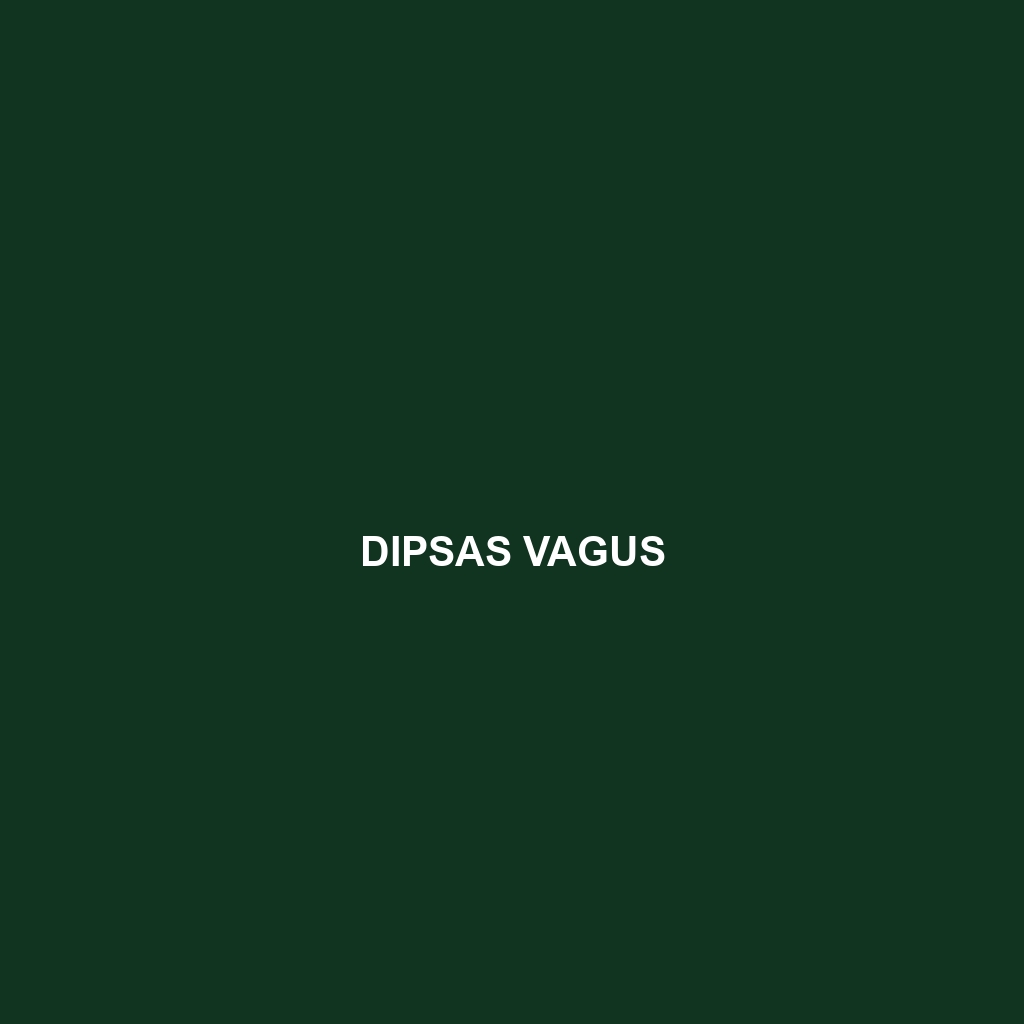
Tag: insectivorous reptiles
-

Cyrtodactylus yoshii
Cyrtodactylus yoshii, a vulnerable species of gecko native to the humid tropical forests of Southeast Asia, particularly Malaysia and Borneo. With a size of 10 to 15 centimeters, this nocturnal reptile features smooth, glossy skin with distinctive dark bands, plays a crucial role in maintaining ecological balance by feeding on insects and serves as a…
-

Cyrtodactylus wayakonei
Cyrtodactylus wayakonei, a striking gecko from Southeast Asia’s rainforests, characterized by its creamy beige to light brown skin with dark stripes, moderate size of 10 to 15 cm, and impressive climbing abilities. A nocturnal hunter, it plays a vital role in maintaining insect populations and thrives in humid montane forests, but is currently classified as…
-

Cyrtodactylus wangkhramensis
Cyrtodactylus wangkhramensis, a medium-sized gecko native to northeastern Thailand, known for its light brown to gray coloration with darker mottled patterns, excellent climbing abilities, and nocturnal foraging habits. This species plays a vital role in its ecosystem by regulating insect populations and is currently classified as ‘Vulnerable’ due to habitat loss.
-

Cyrtodactylus wangkulangkulae
Cyrtodactylus wangkulangkulae, a medium-sized gecko native to the tropical rainforests of Southeast Asia, showcases a distinct blend of brown and grey coloration with dark bands for effective camouflage. Primarily nocturnal, this fascinating species is known for its agility, climbing prowess, and ability to regenerate its tail, while playing a critical role in controlling insect populations…
-

Cyrtodactylus vilaphongi
Cyrtodactylus vilaphongi, a striking nocturnal gecko native to the tropical forests of Southeast Asia, particularly Vietnam. With a slender body reaching 10-15 cm, it boasts a blend of light brown and beige coloration, large bulging eyes for enhanced night vision, and plays a crucial role in its ecosystem as an insectivore.
-

Cyrtodactylus wakeorum
Cyrtodactylus wakeorum, a gecko native to the temperate rainforests of Southeast Asia, known for its camouflage in earthy tones, nocturnal hunting behavior, and ability to regenerate its tail. This species plays a vital role in its ecosystem by controlling insect populations and serving as prey for larger animals.
-

Cyrtodactylus variegatus
Cyrtodactylus variegatus, also known as the variable gecko, a moderate-sized species native to Southeast Asia, featuring a varied color palette from light brown to dark gray with striking markings. This nocturnal insectivore thrives in warm, humid habitats, showcasing remarkable climbing abilities and contributing to ecosystem health by controlling insect populations.
-

Cyrtodactylus varadgirii
Cyrtodactylus varadgirii, a vibrant gecko native to the tropical forests and rocky terrains of southeastern India and Myanmar. Known for its distinctive coloration, agile climbing abilities, and vital role in controlling insect populations, this nocturnal species is both fascinating and vulnerable to habitat loss.
-

Cyrtodactylus urbanus
Cyrtodactylus urbanus, commonly known as the urban bent-toed gecko, measures 10-15 cm and thrives in Southeast Asia’s urban and semi-urban environments. This nocturnal predator, noted for its distinctive brown patterning and agility, plays a vital role in pest control while adapting well to human-altered landscapes.
-

Cyrtodactylus tripartitus
Cyrtodactylus tripartitus, a medium-sized gecko native to the tropical forests of Southeast Asia, characterized by its flattened body, nocturnal behavior, and distinct coloration. This insectivorous species plays a critical role in its ecosystem, contributing to ecological balance as both predator and prey while facing threats from habitat loss.
Search
Popular Posts
-
Dipsas ventrimaculata
striking Dipsas ventrimaculata, or Ventrimaculate Snake, known for its slender body and striking camouflage. Found in the tropical forests of Central and South America, this nocturnal predator primarily feeds on slugs and snails, playing a vital role in its ecosystem.
-
Dipsas variegata
captivating Dipsas variegata, or variegated snail eater, a striking snake with dark brown and yellow bands, thriving in the humid rainforests of Central and South America. This non-aggressive, nocturnal predator specializes in consuming land snails, playing a crucial role in maintaining ecological balance.
-
Dipsas vagus
Dipsas vagus, or Vagus Snake, a slender, non-venomous species native to tropical Central and South American rainforests, known for its brown and gray camouflage and a diet primarily consisting of slugs and snails. Classified as Vulnerable, this fascinating snake plays a crucial role in its ecosystem by regulating prey populations while employing cryptic behavior to…
Categories
Archives
Tags
animal adaptations (713) animal behavior (4666) animal reproduction (763) bat species (661) behavior (915) biodiversity (6774) conservation (1670) conservation efforts (1415) conservation status (4595) diet (2090) echolocation (822) ecological balance (1400) ecological role (1276) ecology (789) ecosystem (1468) ecosystem role (2606) ecosystem roles (632) endangered species (2368) environmental conservation (657) habitat (3224) habitat conservation (884) Habitat Destruction (922) habitat loss (2877) insectivorous reptiles (643) IUCN Red List (1343) nocturnal animals (2688) nocturnal behavior (2186) omnivorous diet (594) physical characteristics (1958) reproduction (2835) reptile conservation (846) rodent (677) rodent species (1325) seed dispersal (2043) Seed Disperser (950) seed dispersers (590) small mammals (1163) snake reproduction (589) South America (773) species description (713) tropical forests (932) Vulnerable Species (4332) wildlife (2506) wildlife conservation (4371) wildlife protection (799)


